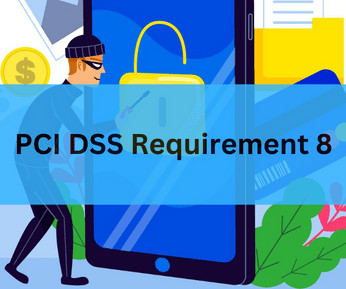Planning an Internal Audit Risk Assessment
FloQast
NOVEMBER 20, 2023
One of the first steps in carrying out an effective internal audit is to perform an internal audit risk assessment. This planning process is the foundation for a successful audit, helping auditors identify and prioritize significant risks and areas of concern within an organization. What Is an Internal Audit Risk Assessment?



















































Let's personalize your content